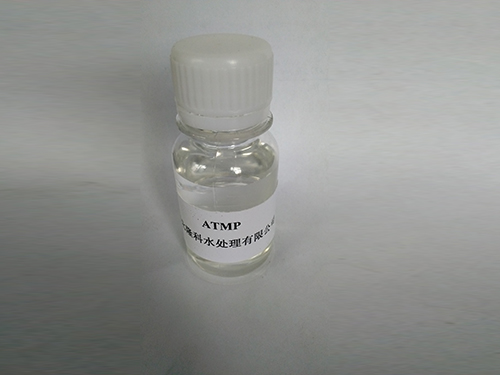Exploring the Properties and Applications of Polyacrylamide in Various Scientific Fields and Industries
Understanding Polyacrylamide Applications and Benefits
Polyacrylamide, often abbreviated as PAM, is a synthetic polymer widely used in various industries due to its unique properties. It is formed by the polymerization of acrylamide, a process that yields a substance with high molecular weight. Polyacrylamide exists in several forms, including powder, gel, and liquid, each tailored for specific applications. Its versatility has made it an essential material in fields ranging from wastewater treatment to agriculture.
Understanding Polyacrylamide Applications and Benefits
Moreover, polyacrylamide has found a crucial role in soil management and agriculture. When used as a soil conditioner, it improves soil structure by increasing water retention and reducing erosion. Farmers often incorporate PAM into their soil management practices to enhance crop yield, especially in arid and semi-arid regions. The polymer retains moisture in the soil, which is essential during dry periods, thus supporting sustainable agricultural practices.
polyacrylamide p3

In addition to its role in agriculture and water treatment, polyacrylamide is also used in the oil and gas industry. It is employed in the enhanced oil recovery process, where it helps increase the viscosity of water injected into oil reservoirs. This property allows for more efficient extraction of oil, as it helps push oil towards the production wells. The use of polyacrylamide in this context underscores its importance in maximizing resource extraction and contributing to energy sustainability.
In biomedicine, polyacrylamide gels are commonly used in electrophoresis, a method for separating macromolecules such as proteins and nucleic acids based on their size and charge. The polyacrylamide gel's ability to create a controlled porous medium is crucial for researchers who need to analyze biological samples accurately. Furthermore, its properties have led to its application in drug delivery systems and tissue engineering, showcasing its potential in the healthcare sector.
Despite its numerous advantages, there are some concerns associated with the use of polyacrylamide, particularly regarding its potential toxicity. Acrylamide, from which PAM is derived, is a neurotoxin and a potential carcinogen. However, when PAM is used in its cross-linked form, the risk of acrylamide leaching into the environment is significantly reduced. It is essential for manufacturers and users to adhere to safety regulations and guidelines to mitigate potential health risks.
In conclusion, polyacrylamide is a versatile polymer with a wide range of applications across multiple industries. Its effectiveness as a flocculant in water treatment, a soil conditioner in agriculture, a viscosity enhancer in oil recovery, and a medium for biochemical analysis underlines its importance in contemporary practices. While considerations regarding its safety must be addressed, ongoing research and advancements in polyacrylamide technology continue to enhance its applications, making it an invaluable resource in modern industry. As we move towards more sustainable practices, the significance of polyacrylamide and its adaptation to meet the needs of evolving industries cannot be overstated.
-
Understanding Polycarboxylic Acids: Properties, Applications, and Future PotentialNewsJul.28,2025
-
Scale Inhibitor Explained: How to Protect Your System from Limescale and Hard Water DamageNewsJul.28,2025
-
Scale and Corrosion Inhibitors: Essential Chemicals for Industrial Water System ProtectionNewsJul.28,2025
-
Polyaspartic Acid: A Biodegradable Polymer for Sustainable ChemistryNewsJul.28,2025
-
Isothiazolinones: A Versatile Antimicrobial Class with Industrial Power and Regulatory ChallengesNewsJul.28,2025
-
A Deep Dive into 2-Phosphonobutane-1,2,4-Tricarboxylic Acid (PBTC)NewsJul.28,2025





